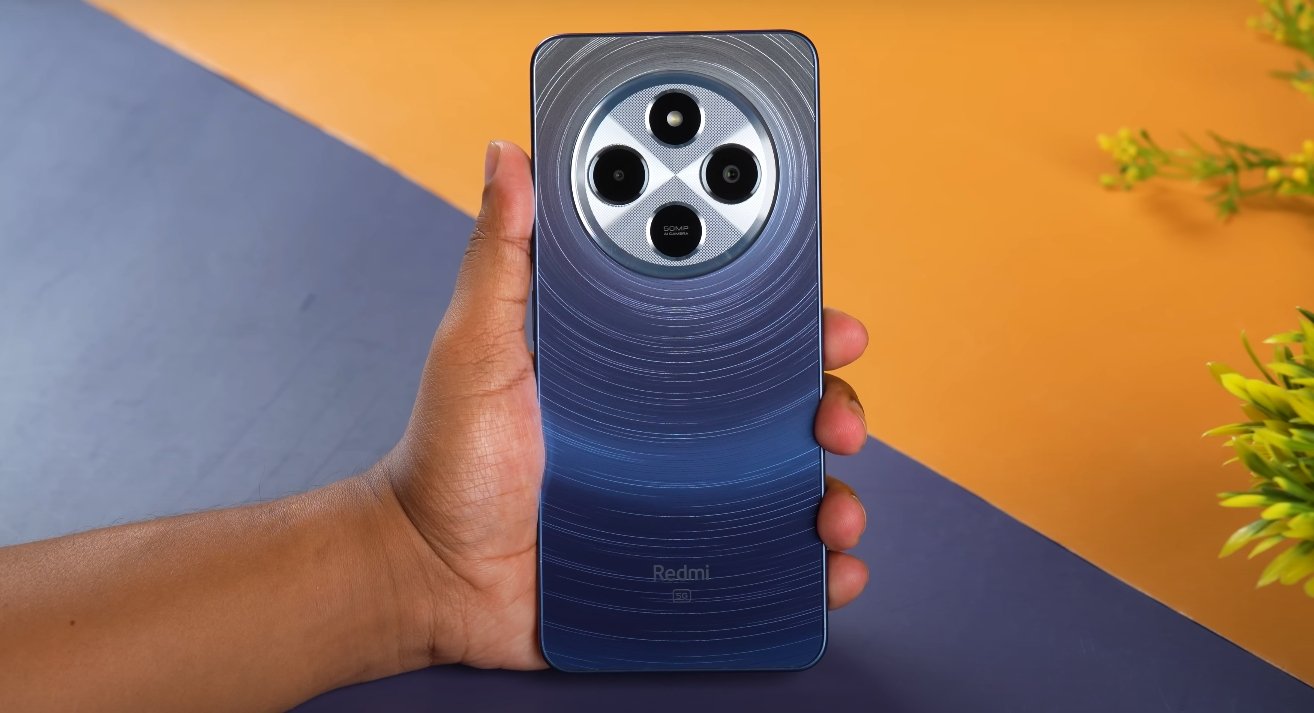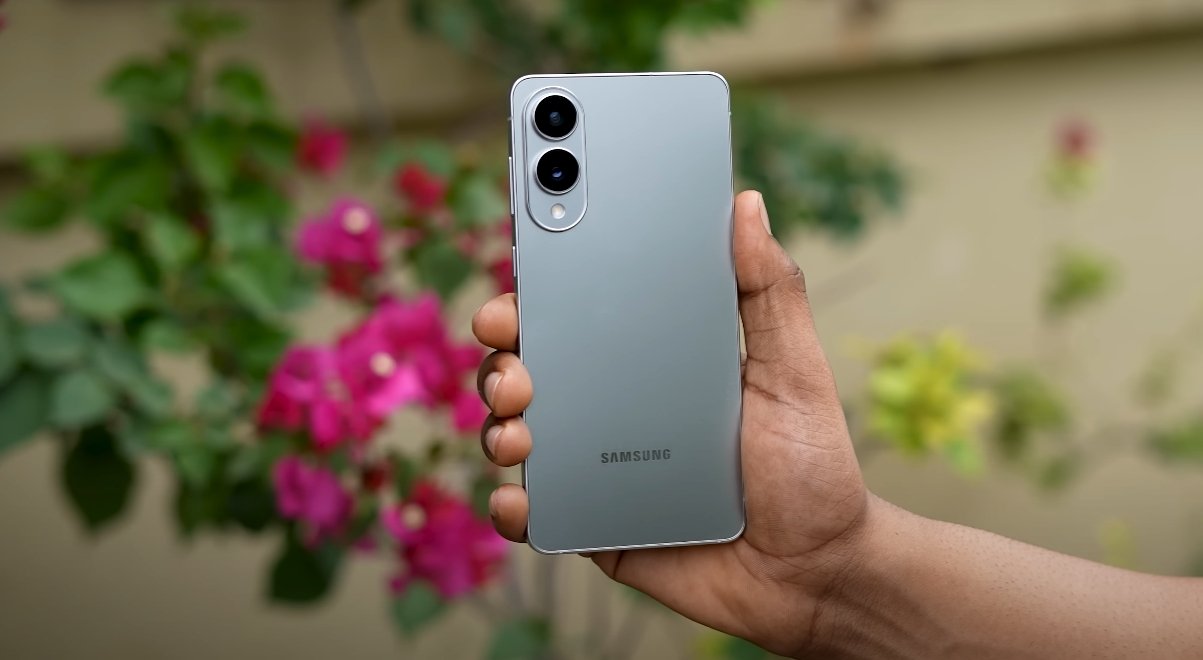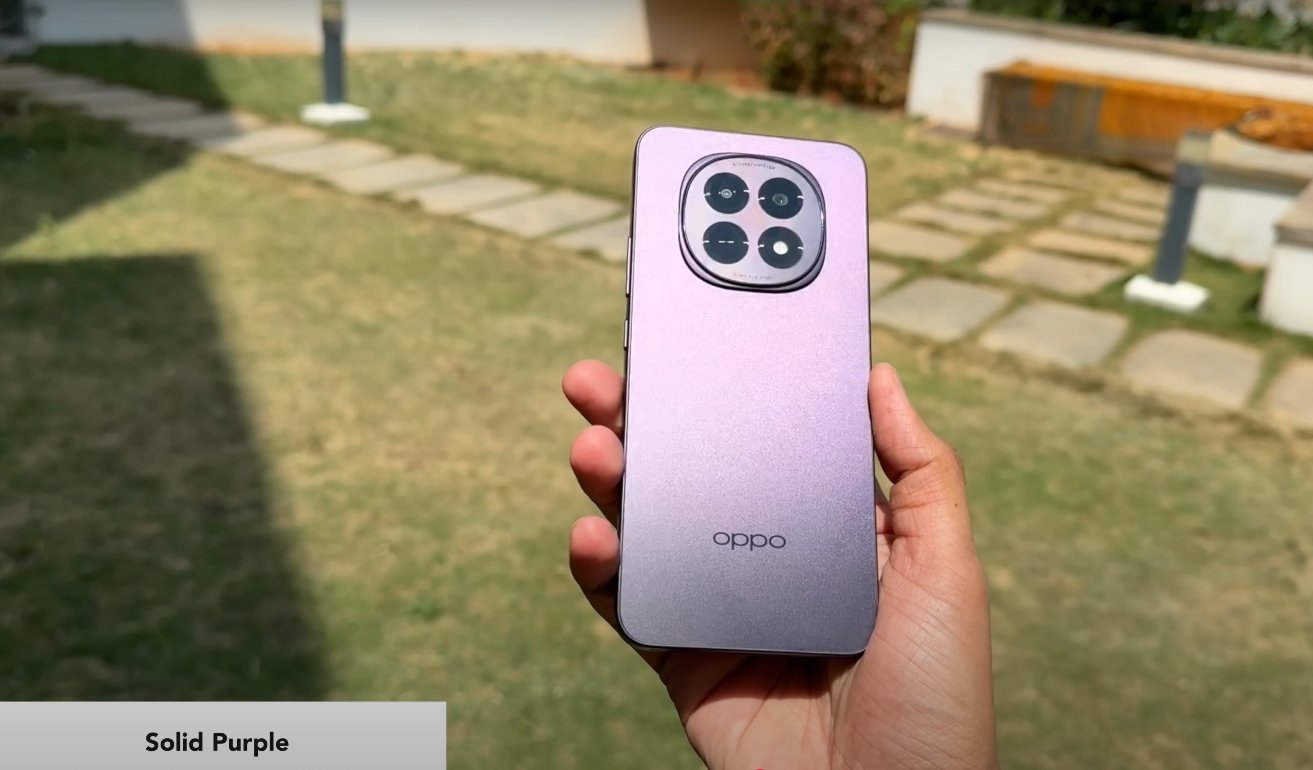Comparing Battery Efficiency Between Google and Apple’s Flagships
The Google Pixel 10 Pro Fold and the Apple iPhone 16 Pro represent two very different approaches to smartphone design, yet both aim to deliver long-lasting power and efficient performance. While the Pixel 10 Pro Fold focuses on offering a large battery to support its dual-display design, the iPhone 16 Pro emphasizes optimization and chip efficiency to make the most of a smaller battery. Real-world tests and early user experiences show a fascinating contrast in how each device manages energy, reflecting their unique hardware and software strategies.
The Pixel 10 Pro Fold is equipped with a 5,015 mAh battery, the largest ever included in a Google foldable device. This large capacity is necessary to power its two high-resolution OLED displays—a compact outer screen and a larger, tablet-sized inner display. In contrast, the iPhone 16 Pro features a smaller 3,582 mAh battery, but Apple compensates with remarkable energy management through its custom A18 Pro chip and iOS-level optimization. Despite the difference in capacity, both phones are capable of delivering a full day of mixed use, though they achieve this efficiency in very different ways.
In everyday scenarios, the Pixel 10 Pro Fold performs impressively for a foldable phone. During light to moderate use—such as browsing, messaging, and taking photos—it can easily last through a full workday with 40 to 50 percent of the battery remaining. However, the device’s endurance depends heavily on which screen is used most. When users spend more time on the inner 7.9-inch display for tasks like gaming, watching videos, or multitasking, the battery drains faster. Even so, Google’s adaptive battery system, powered by the Tensor G4 chip, helps the phone learn user habits and reduce power draw from apps that aren’t frequently used.
On the other hand, the iPhone 16 Pro continues Apple’s reputation for exceptional power efficiency. Its A18 Pro chip, built on a 3-nanometer process, manages to deliver outstanding performance with minimal energy consumption. Even though its battery is smaller, the iPhone 16 Pro often matches or exceeds the Pixel 10 Pro Fold in screen-on time during web browsing, video playback, and light productivity tasks. Apple’s combination of hardware-software integration and tightly controlled system resources ensures that the device sips power instead of draining it quickly. Users report that the iPhone 16 Pro easily lasts a full day and often stretches into a second day with lighter use.
Charging speed is another important area where the two phones differ. The Pixel 10 Pro Fold supports 30 W wired charging, capable of reaching 50 percent charge in around 30 minutes and a full charge in about 90 minutes. It also supports 15 W magnetic wireless charging through Google’s new Pixelsnap system. The iPhone 16 Pro, meanwhile, supports 27 W wired charging and up to 25 W wireless MagSafe charging. In practical terms, both devices recharge quickly enough for daily convenience, but Google’s larger battery takes slightly longer to fill completely due to its higher capacity.
Battery efficiency also extends to thermal management and background optimization. The Pixel 10 Pro Fold benefits from improved heat dissipation and intelligent cooling, which keeps temperatures stable during demanding tasks such as gaming or video editing. This prevents battery drain caused by overheating, a problem seen in earlier foldable designs. The iPhone 16 Pro, with its advanced thermal system and efficient chip, also maintains steady performance without generating excessive heat, further extending overall battery health over time.
Ultimately, the Pixel 10 Pro Fold wins in raw battery capacity and endurance for heavy users who rely on multitasking or extended media sessions. Its large battery ensures plenty of power to handle both screens throughout the day. However, the iPhone 16 Pro excels in pure energy efficiency, extracting exceptional performance from a smaller battery through optimization and refined software control. It is better suited for users who value consistency, cool operation, and efficiency over sheer size and flexibility.
In conclusion, the Pixel 10 Pro Fold and iPhone 16 Pro take different yet equally effective approaches to battery efficiency. Google’s foldable offers extended usage time through its large battery and adaptive management system, ideal for power users and multitaskers. Apple’s flagship, on the other hand, proves that smart optimization can rival larger batteries, delivering excellent efficiency in a smaller, lighter package. The choice between them ultimately depends on how you use your device—if you prioritize flexibility and screen size, the Pixel 10 Pro Fold delivers more endurance; if you value precision and refined energy use, the iPhone 16 Pro remains the more efficient everyday performer.



